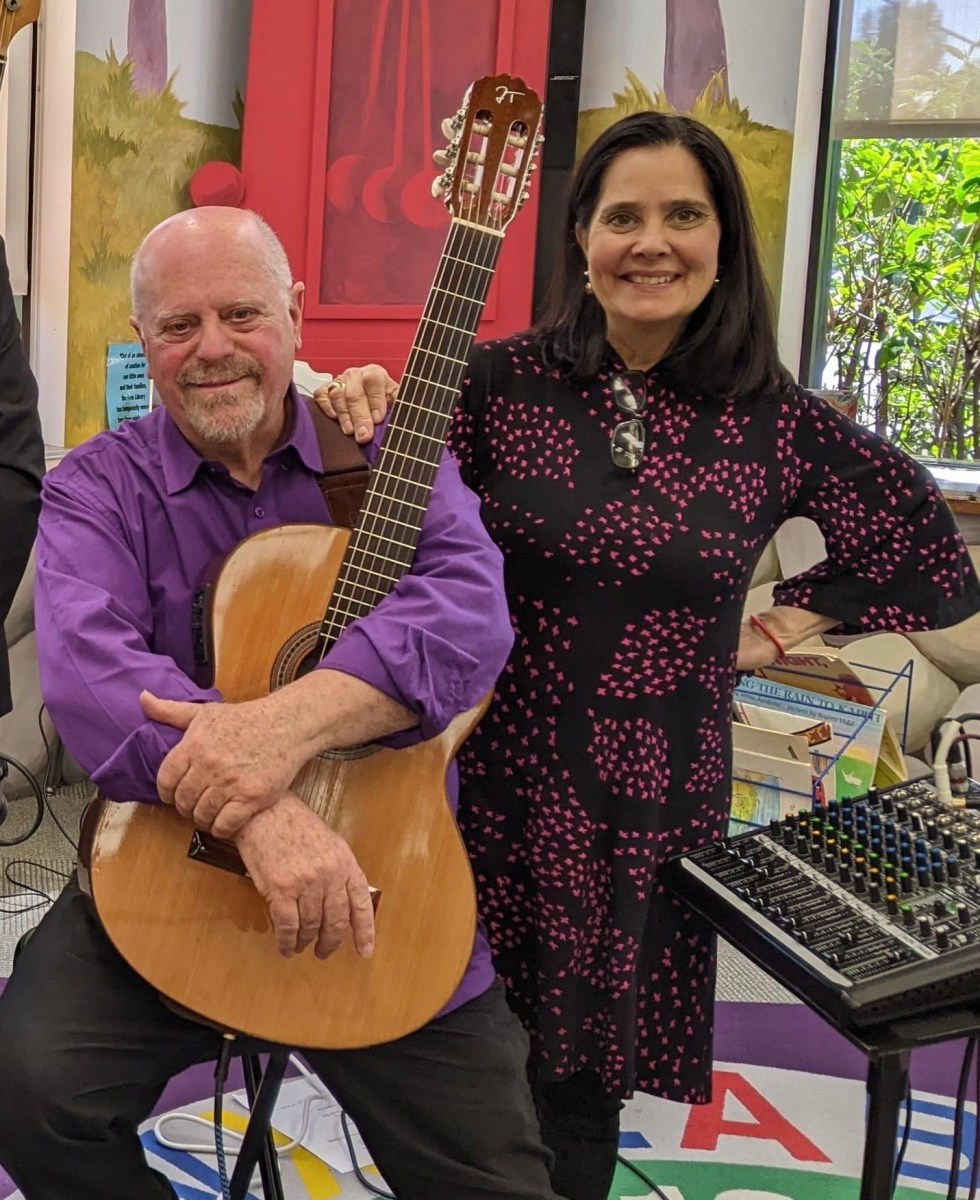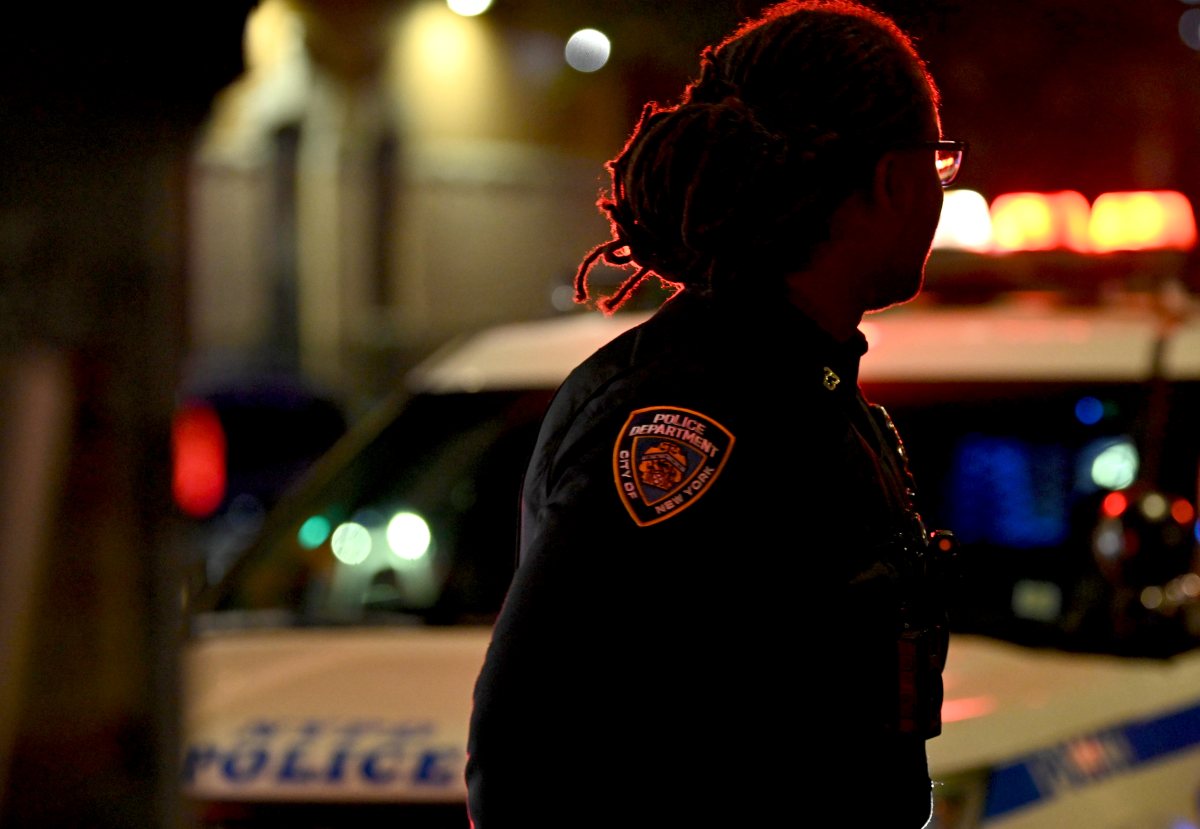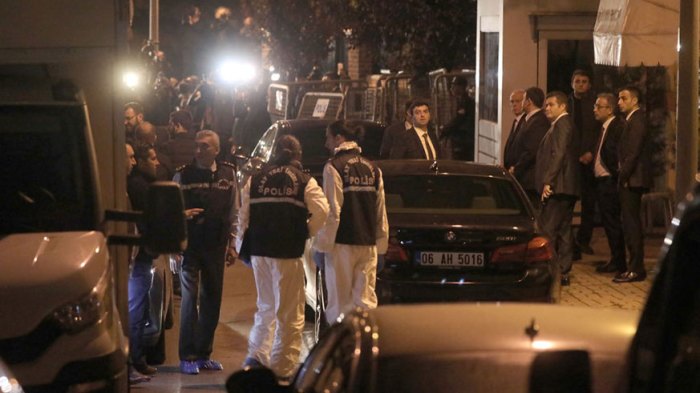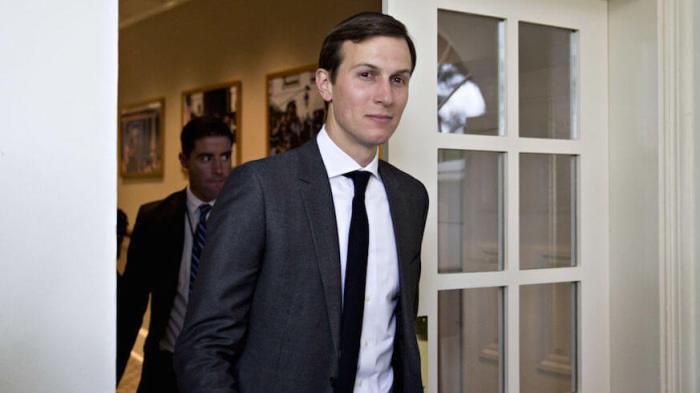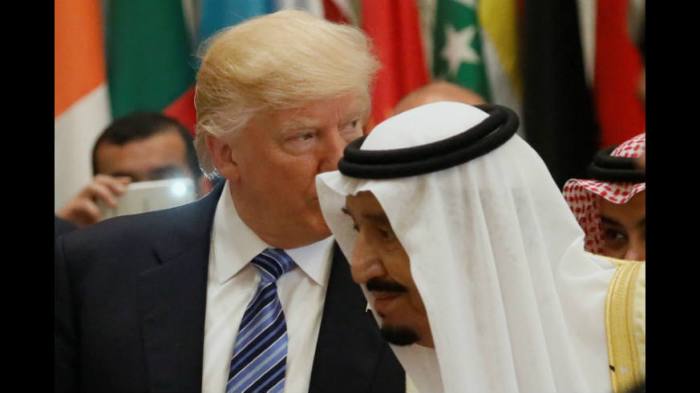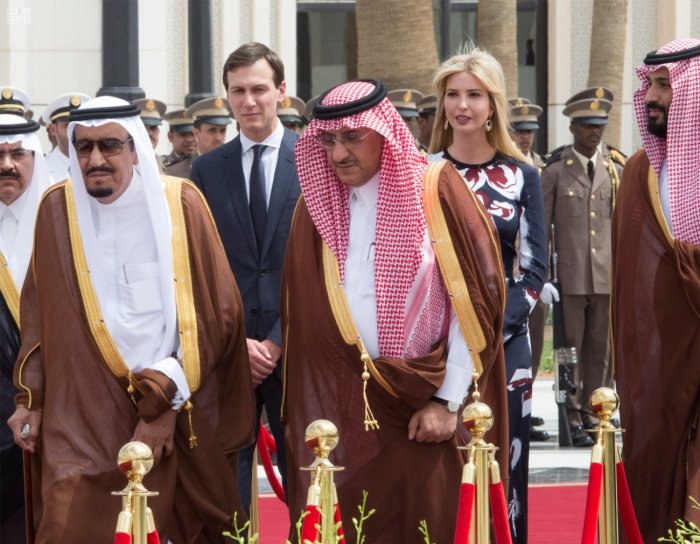On Sunday, President Donald Trump and other leaders put their hands on what appeared to be a glowing orb — and, once released, the photos quickly went viral.
Since then, just about everyone has been wondering what exactly was the glowing orb that Trump had his hands on in Saudi Arabia. As soon as the photos surfaced, Twitter users quickly began to give their interpretations of the images in the form of memes and Photoshop mashups.
I PHOTOSHOPPED SARUMAN INTO TRUMP’S ORB PICTURE AND IT’S NOT EVEN WEIRD pic.twitter.com/cVJFGP5NPG
— Shahak Shapira (@ShahakShapira) May 22, 2017
“find…the…hobbit…” pic.twitter.com/8saqDbl5Nh
— darth:™ (@darth) May 21, 2017
The image of Trump touching the orb also caught the attention The Church of Satan. They chimed in with their thoughts about it.
For clarification, this is not a Satanic ritual. pic.twitter.com/CccP39fqN4
— The Church Of Satan (@ChurchofSatan) May 22, 2017
What was the glowing orb about?
During his first foreign trip, President Trump met with King Salman of Saudi Arabia and President Abdel Fattah el-Sisi of Egypt during the opening ceremony for the Global Center for Combatting Extremist Ideology in Riyadh, Saudi Arabia.
As part of the opening ceremonies, the group of leaders posed for a photo op with their hands touching a glowing sphere in a darkened room.
The photo was meant to represent the opening of the anti-extremist center in Saudi Arabia and to start an introduction film that displayed on a large screen in front of them. It simply represented the world unifying to combat terrorist ideologies; the orb itself was merely a prop.
With all the Trump news and internet memes about President Trump, this image of him pressing his hands against the glowing orb with the light hitting his face from below will be added to the list of iconic (and sometimes hilarious) images of our 45th president.
About the Global Center for Combating Extremist Ideology
The Global Center for Combating Extremist Ideology was founded by several countries to focus on confronting extreme ideologies leading to terrorism.
Analysts at the center use real-time data and technology to monitor speeches and social media to find and address radical thought.












